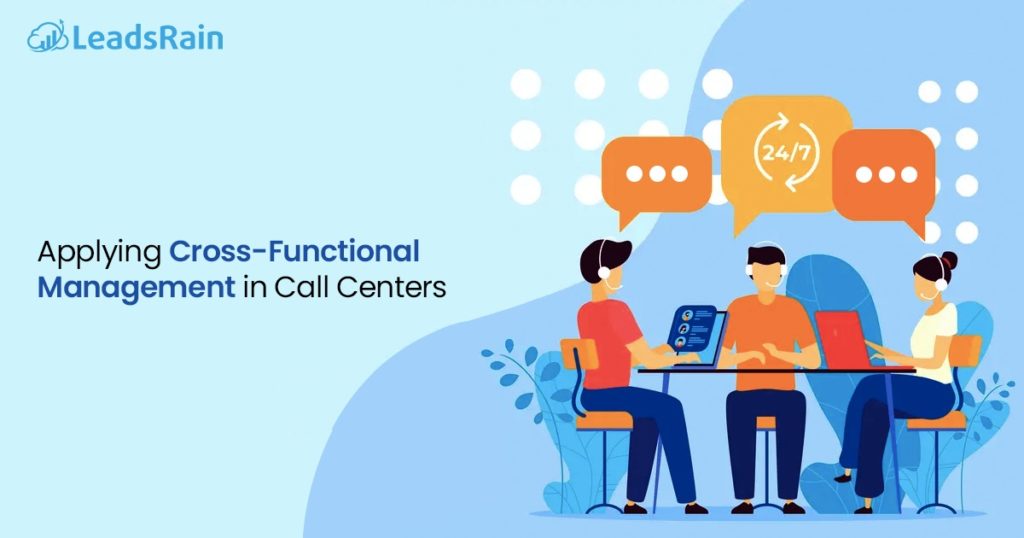Building effective and trustworthy communication is an essential aspect of establishing successful caller ID management. Caller ID reputation plays an important role in the process of perceiving and receiving the calls. Do you want to build a positive reputation and stay away from being blocked? Try out some of the best practices to build caller ID management effectively and foster positive relationships.
Understanding Caller ID Management
Caller ID management is the processes and advanced tools optimized to handle business, individuals, or organization’s caller ID information. This called ID reputation is used for both inbound and outbound calls.
In short, this refers to the process of controlling and organizing the display of caller ID information on receivers’ and users’ phones. By optimizing caller ID management, you step into the gate of making your communication experience more efficient and secure.
Several activities are involved, like routing calls and CRM integration with other systems for a better-personalized approach toward customer experience.
Thus, Caller ID management is a kind of cloud telephony- that allows you to manage your outgoing local ID call.
The main purpose of Caller ID Reputation is to provide convenience, security, and control over your phone calls. This ultimately helps safeguard you from spam, scam calls, and unsolicited calls.
Caller ID reputation can impact your company in both positive as well as negative ways, it depends on how customers look at your company.
A good caller ID reputation will positively affect the opinion of your company which ultimately leads to more successful calls and therefore, an increase in the number of sales and opportunities being observed. On the other side, Poor caller ID reputation, such as spam calls, will more likely lead to negative opinions towards your company, thereby customer trust level is diminished.
Exploring key Components of a caller ID display
Have you ever focused on caller ID display? What details are being provided exactly? Don’t worry if not; You can simply go through these key components of the caller ID display. From next time, stay informed and have a keen eye on these components before or after having a call.
Caller’s name.
This displays the name of the person or business name who calls you. The caller’s name helps you get to know who is calling even before answering or picking up the call.
Caller’s phone number.
Showcases the contact number from where the caller’s call is coming. It helps to identify the caller’s specific reorganization, like whether the call is from a national number, international number, spam call, or telephone number.
Status of caller ID.
This component will help check out the caller’s current status like whether the number is currently busy, last seen, incoming, missed, or on hold.
Date and time of the call.
This key component allows you to efficiently track the ID when the call was last received or missed on a specific date and at a particular time.
Additional information of caller ID (if provided).
This depends on the caller ID privacy system whether they want to share their complete details or profile on the caller ID display or not. If provided then, additional information could be the location of the caller, email address, business name or company name, or any tags associated with the contact.
Best Practices for Enhancing Your Caller ID Reputation
We have showcased a few strategic approaches that can be implemented to enhance the effectiveness of your caller ID. Leading to better management level, enhanced customer satisfaction and stronger and long-lasting relationships are some of the outcomes of these practices.
As per the research conducted, 65% of outbound call centers have reported that call blocking and caller ID reputation are their top concerns.
Let’s break some best practices and start implementing them now-onwards for immediate results;
1. Avoid Red-flagged calls
Dialing too many calls on the same day will likely increase the number of your calls getting “red flagged”. Try to make enough calls from one number to limit the number being flagged or blocked.
Thus, to enhance your deliverability, opt for advanced dialer capabilities to lessen the number of calls that are getting flagged due to their wrong dialing patterns.
Audiences are likely to assume spammers instantly due to their blocked IDs.
2. Leveraging the systematic approach for call timings
One of the valuable practices for enhancing caller ID reputation is carefully considering systematic call timings. You should know when and how frequently you have to make calls.
Try to make a positive impact rather than a negative one by taking a more systematic approach towards your receiver’s call.
Avoid calling during inconvenient or inappropriate times like making calls late at night, early in the morning, or at the weekend times. Constantly bombarding you with your calls can make your company’s caller ID reputation be blocked.
3. Avoid High Number of Inbound and Outbound Calls
Make it possible to maintain a balanced ratio between inbound and outbound calls. When there is a significant rise in the number of outbound calls compared to inbound calls, there may arise a major concern or suspicion for the recipient.
This shows some kind of telemarketing or spamming calls and thereby, your call is being blocked or ignored. Try not to be overwhelmed by recipients with too many outbound calls!
To maintain a healthy outbound-to-inbound call ratio, quality and relevance are the main key aspects.
4. Mention the reason for Calling
Try to mention a concise explanation at the very first call. This way, your company generates trust and increases the chances of a positive result from the receiver.
When you clearly state the main purpose of the call directly to the receiver, your image is automatically created in their mind that you value their time and have an appropriate reason behind calling them.
This way, you avoid any confusion and misunderstandings. So, focus more on productive conversations rather than making inappropriate reasons.
5. Opt for STIR/SHAKEN framework
Prefer contact centers that comply with the STIR/SHAKEN Framework. Having this framework will decrease your call blocking, which is raised by the major carriers. On the other hand, if you choose to increase your outbound call rates, go for the STIR/SHAKEN implementation process to get verified for each number used for outbound dialing.
6. Follow TCPA rules
Following Telephone Consumer Protection Act rules will demonstrate your commitment to lawful practices. TCPA rules are systematically designed in an effective way that safeguards consumers from unwanted and spam calls.
Comply with TCPA rules like obtaining proper consent, do-not-call requests, maintaining accurate caller ID information, and managing compliance efforts.
7. Must get consent before sending messages to leads
Getting consent before sending text messages to leads is one of the most essential practices for Caller ID Reputation.
Three types of consent are available which are likely to be considered they are;
- For sending marketing messages, written consent is applicable
- For sending informational messages, express consent is applicable and;
- For sending conversational SMS, implied consent is applicable.
If possible, you can also prefer 10-digit long codes, which are 10DLC – they will appear as standard phone numbers.
8. Provide appropriate information when asked by receivers
Respond to every receiver with relevant and accurate information when they seek clarification during a call. This will showcase your company’s credibility. Make sure that your communication is more transparent and responsive to providing the requested information.
One must know that “listening actively to the receiver’s concern is the most important factor in customer satisfaction”
Thus, increases the chances of meeting more for future interactions and maintains a strong caller ID reputation.
9. Regularly checking and updating with compliance regulations
Must comply with all necessary regulations and stay up to date with federal regulations to avoid violation of new rules. It’s a kind of ethical and responsible communication that you demonstrate to these regulations.
Regularly checking and keeping updated with regulations will ensure that you maintain a reputable and compliant approach toward your calls.
Important: Not just for a legal obligation, compliance is necessary but also for building trust and credibility towards your company’s reputation.
Adopting Upcoming Trends in Caller ID Management
With advancements in technology, call analytics tools provide access to real-time insights into call outcomes and overall agent performance. There is a growing need for robust protection against fraudulent calls. Upcoming trends in caller management are majorly focusing on implementing stronger caller ID verification protocols to ensure the security of caller identification.
Also, technology is moving forward towards seamless integration with customer relationship management (CRM) systems to provide previous interaction history and access them with more personalized and efficient service.
Furthermore, to predict agent availability, advanced dialers use algorithms. This predictive dialer software will enhance agent availability and ultimately handle calls. Machine learning and AI systems will better analyze call patterns and easily detect spam calls.
Privacy is a major concern across the globe. But, with rising advancement, caller ID management will offer more customizable privacy controls which will empower users to maintain their privacy while still accessing the benefits of caller ID.
Overall, these upcoming trends in Caller ID management will take you to the next level of user experience, upgrade call protection, and thus improve efficiency for communication building.
Conclusion
At the end of the blog, our team wishes that you gain some valuable knowledge for the implementation of best practices for enhancing your caller ID management. Remember, once you successfully implement these above practices, your caller ID will become a reputed, trustworthy, and reliable communication among all others. Good luck with gaining positive results for caller ID reputation!




